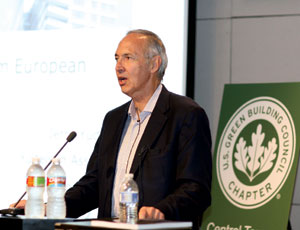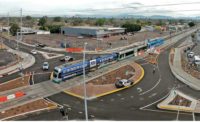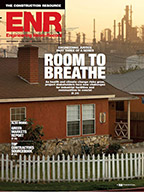While the overall green building market will likely more than double from today’s $36 to $49 billion range to $96 to $140 billion by 2013 according to McGraw-Hill Construction’s “Green Outlook 2009: Trends Driving Change,” architects, developers and contractors in the U.S. could still learn a lot from their European counterparts, according to engineer Jerry Yudelson, a green building proponent.

Yudelson, a professional engineer and author of 11 books on green building and development, has trained nearly 3,500 industry professionals in the LEED rating system.
He spoke recently on behalf of the U.S. Green Building Council Central Texas – Balcones Chapter about “Looking to Europe for a Greener Tomorrow,” in which he outlined where North America falls short of ideal.
After spending the past two years studying European green building approaches and advancements, Yudelson encourages developers to look at what can be done to bring buildings into a low-energy environment.
“The issue is to get people to understand the terms in sustainable design,” Yudelson told Texas Construction. “We are already behind what is being done in Europe by designers, builders. The goal is to get people to see what we can use that is already in practice.”
“Central Texas has taken a leading role in the development of green building, particularly in such important areas as water conservation and water-efficient design,” he adds. “However, what has been done in the past is not enough … there is an urgency to move toward truly renewable buildings that produce their own energy and water, and recycle their own products. This is the wave of the future.”
The bottom line, Yudelson says, “is that we can do a lot better. He says he wants to “convince American engineers, contractors and designers that we can do better with our building by taking a different approach.
“Every building is part of a context. In Germany, it is against the law for anyone to have to work in a building without natural lighting and seeing the outdoors. You can’t be more than 16 ft from a window. When you look at a typical U.S. office building, there is no concert for daylight. The only concern is to have the biggest, fattest building providing more space to lease versus what it cost me to build.”
Yudelson notes that creating energy-efficient buildings is a matter of economics because “saving energy is not only a moral duty, but it is a lot more cost effective.
“Overall, there is more that we can learn,” he says. “If you start with the idea that a building should have no impact on the environment over its lifetime, you will design it differently than if you design it simply to meet the building code. That is the worst building you can design and not go to jail.”



Post a comment to this article
Report Abusive Comment